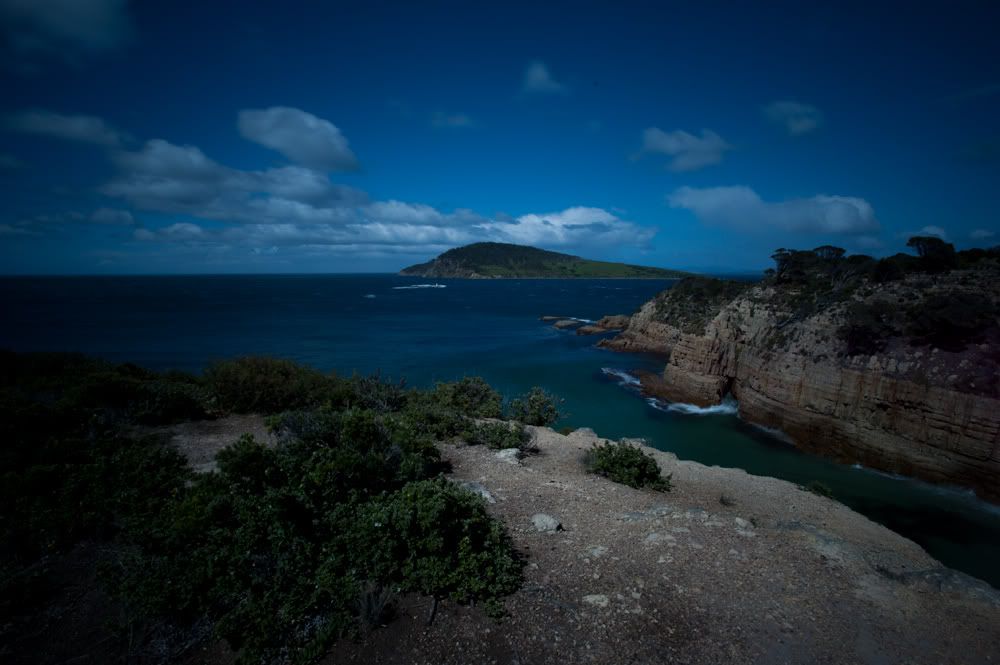HDR Software - A Comparison
This is not really a review. I am not going to say X software is better than Y software, rather I am going to present a set of photos that will be converted to HDR using the 'standard' settings for each program, and then letting you comment about the outcome.
The photos will be the same set for each software, and steps taken will be detailed. The photos are Nikon NEF raw files from a Nikon D3, taken in manual mode, manual focusing, with a Lee Big Stopper ND10 filter attached to the camera.
The software:
Photoshop CS5
Nik Software HDR Efex Pro
Photomatix
The photos used to generate the HDR
Note: The purple patch on the right is the result of light leak around the Lee Big Stopper during exposure. I had not placed the filter in the holder correctly, which I fixed once I reviewed these on the LCD. I have left dust bunnies etc. in place (rather than edit them out) as I wanted to show the results without extra editing.
1
2
3
What I did.
In each program, I got to the 'start' point, I opened the program, selected my three photos and timed the process from when I hit OK to start generating the HDR.
Photoshop CS5
I used the HDR menu (under File : Automate) to generate the HDR using Photoshop cs5 (64 bit version). This took three attempts, at the first two attempts Photoshop told me I needed to use photos of the same pixel dimension (which I was), on the third attempt, it decided I was too, and proceeded to generate the HDR, which took 95 seconds
Nik Software HDR Efex Pro
This is a Photoshop plug-in so is used inside photoshop (or Lightroom). HDR Efex Pro 64 bit generated it's HDR very slowly, taking 187 seconds, and then opening it inside the plugin allowing me to easily select from a visual list, a heap of alternative views. Some of the alternative views were much more visually appealing than the default, but that is not the point of this review.
Photomatix
Photomatix is a stand-alone program. It does not need photoshop to run. I used Photomatix 3.2 Pro (64 bit). Photomatix generated its HDR in 100 seconds. Photomatix stops part way through the process to allow user adjustments before 'tone-mapping'. I just clicked OK and did not make any user adjustments to the file.
So there you have it. Three RAW files converted to HDR in three separate software packages, using the default settings for each. Obviously making user adjustments during the process could lead to better or worse results within each software. It is up to you to make what you will of the results of creating the above 3 HDR versions, using the default settings for each package.







 Thanks useful information:
Thanks useful information: 



















 Reply With Quote
Reply With Quote Add To Bookmarks
Add To Bookmarks



